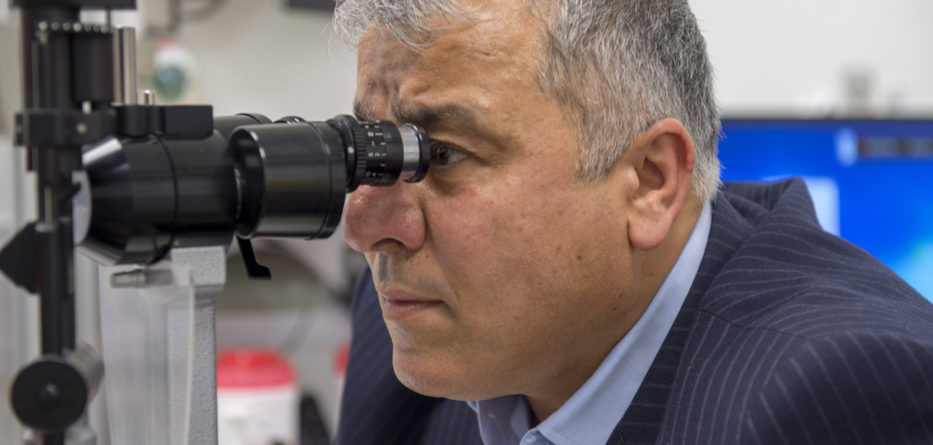People with low vision have blind spots that can make driving, reading or seeing faces difficult or impossible. These deficiencies cannot be corrected with surgery or glasses. Moreover, many people are not aware of everything that can be done to improve their quality of life.
What can be done
In fact, rehabilitation services for people with low vision help these people make the most of the vision they have. The first step is to have an eye exam with an ophthalmologist, the doctor who specializes in medical and surgical eye care.
Who can help
An ophthalmologist can determine the total extent of vision loss and the exact location of blind spots. The ophthalmologist or a low vision specialist can determine the best techniques and devices that can help overcome your individual challenges.
Where EyeCare America comes in
If you are concerned about the cost of the exam, the EyeCare America eye care program at the American Academy of Ophthalmology can help. This national public service program provides eye care through volunteer ophthalmologists for people over 65 years of age eligible and those at higher risk of eye disease. As one EyeCare America patient said: “I am an elderly person with low income. It’s been 30 years since I had an eye exam. It was a true blessing to receive this service. ”
Low vision services offer hope
The field of visual rehabilitation has advanced significantly over the years, offering more effective technologies and strategies. Today, ophthalmologists’ solutions range from simple and portable video magnifiers to enlarge text and objects to high-tech lenses with cameras that allow people to read text and see faces.
In addition, there are many simple changes that people can make on their own to help them live better:
- Improve contrast. Contrasting colors can help facilitate household chores and improve safety. Place dark tablecloths under white cutlery, get carpets that are a color that contrasts with the color of the floor and use kitchen towels and cutting boards that contrast with the color of the kitchen counter. Use contrasting colored tape along the edges of carpets, steps and lamp shades.
- Improve lighting. Each year, about three million older Americans are treated for fall injuries, according to the Centers for Disease Control and Prevention (CDC). Many of these falls are caused by low vision. Add lighting to stairs and dark corridors. Remove the carpets from the hallways to avoid tripping. Direct lighting for preparation in the kitchen can make preparing food easier and safer.
- Reduce clutter and organize. It is more difficult to navigate in a messy house and this can contribute to falls and frustration. When each thing has a specific place and each piece is identified with a high contrast label, it is easier to find what is needed for everyday life.
- Adopt the technology. Recorded books and voice-activated personal assistants, such as Google Home or Amazon Alexa, can greatly help people who no longer see well enough to read, telephone or set up a thermostat. With a simple voice command, these assistants can telephone a friend while the thermostat increases the heat of your home.
While there is no strategy or tool that works for each person, vision rehabilitation offers hope for many and can help people stay in their home and continue to do the things they love to do.
Learn more
For more information and advice, visit www.eyecareamerica.org. To find out if you or someone you care for is eligible for the EyeCare America program, visit www.aao.org/eyecareamerica.






